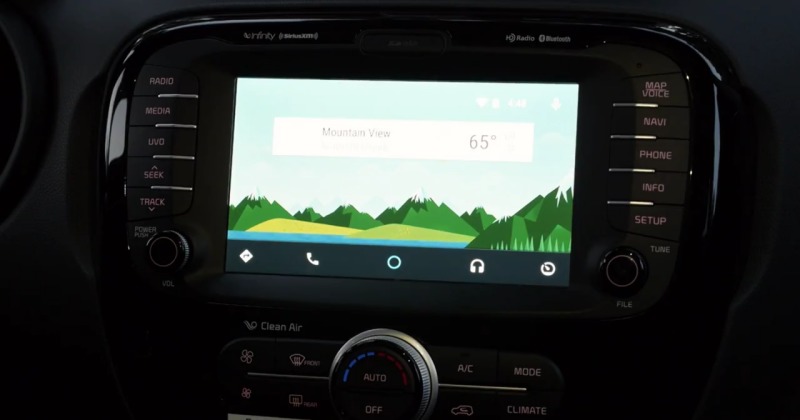
With Android Lollipop, Android Wear, and a bit of Android TV now safely on the road, Google gets to train its real road warrior, the Android Auto. Google is now opening the doors for Android developers to start tweaking their apps to provide support for Android’s in-vehicle incarnation. Although not yet feature complete or in its final form, the new Android Auto APIs already support two use cases: that of creating apps for audio playback and apps for receiving and responding to messages.
Although automobile infotainment systems are becoming a standard feature for modern high-end models, the combination of smartphone functionality and the potential distractions they bring are still a rather contentious subject matter. That is why Google is taking care to do things right from the get go for Android Auto. Compared to Android itself and its other existing forms, Google is taking a stricter stance on Android Auto apps, dictating and limiting what goes on screen, the functionality that is exposed to users, and how users will interact with apps.
Developers shouldn’t have to worry about that last part, as Android Auto integrates with any input mechanism that the car might support, including touchscreens, voice, or buttons. That said, the most common controls are touch and voice, the latter perhaps being the safer option of the two. The two new sets of Android Auto APIs are limited to audio apps and messaging. Audio players, both for music and for things like podcasts and audiobooks, supports your usual gamut of features, such as displaying meta data and playback controls. The messaging APIs support feature such as notifications, reading messages aloud, and replying via voice.
App developers need not worry about having to develop a completely new app just for Android Auto. They only need to extend their current app to support the new APIs, pretty much like how they would do it for Android Wear. For the user, this means that they only need to download the apps that support Android Auto on their smartphone and let the platform handle the transition. And since it is the user’s smartphone that drives the app and content behind the scenes, their own personal settings and content will be available on the dashboard, depending on which smartphone is connected at that time.
Google has partnered with many Android app developers to deliver Android Auto compatible experiences, including iHeartRadio, Joyride, Kik, MLB.com, NPR, Pandora, PocketCasts, Songza, SoundCloud, Spotify, Stitcher, TextMe, textPlus, TuneIn, Umano, and WhatsApp. Android Auto will be on display at the Hyundai booth at the upcoming LA Auto Show.
SOURCE: Google









